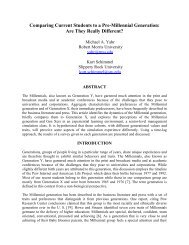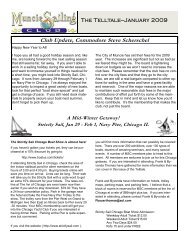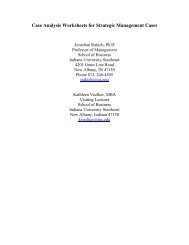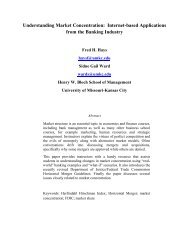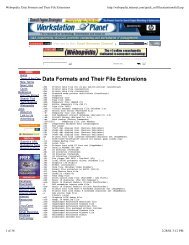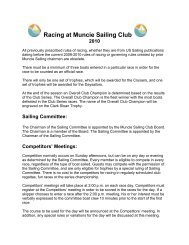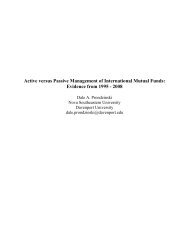The Balanced Scorecard with Time-Driven Activity Based-Costing ...
The Balanced Scorecard with Time-Driven Activity Based-Costing ...
The Balanced Scorecard with Time-Driven Activity Based-Costing ...
You also want an ePaper? Increase the reach of your titles
YUMPU automatically turns print PDFs into web optimized ePapers that Google loves.
PREPARATION OF THE BALANCED SCORECARD<br />
One of the main features of the balanced scorecard is to present a rather comprehensive set of<br />
measures covering performance of the business and its success in strategy implementation. A<br />
strategy is a set of relationships (hypotheses) about cause and effect. <strong>The</strong> measurement system<br />
should make the relationships among the objectives and measures explicit so that they can be<br />
managed and validated [13].<br />
PREPARATION OF THE TIME-DRIVEN ACTIVITY-BASED COSTING<br />
<strong>The</strong> newly enhanced time-driven activity-based costing methodology uses simulation modeling,<br />
which allows management to examine in detail how they can optimize their resources. This<br />
allows management to implement intelligent cost cutting and generate greater operational<br />
efficiency so that they can maximize their organizational potential. Under the traditional ABC<br />
model employees were surveyed to find out how their work was allocated on a day to day basis.<br />
<strong>The</strong> new <strong>Time</strong>-<strong>Driven</strong> model begins by estimating the practical capacity by removing, for<br />
example, the training of employees, and thus determines the available resources as a percentage<br />
of the theoretical capacity. <strong>The</strong>refore, management is starting <strong>with</strong> a more realistic model of the<br />
resources available [20].<br />
TESTING CAUSALITY<br />
<strong>The</strong> comprehensiveness is achieved by including measures that interact on the basis of<br />
established cause-and-effect relationships. For example, the subjective measure of customer<br />
satisfaction is usually correlated <strong>with</strong> the market share growth of the business. <strong>The</strong> incremental<br />
approach may prove a useful tool in evaluating the existence of the causality relationships<br />
between different measures to be included in the balanced scorecard. <strong>The</strong> sensitivity analysis<br />
may show what effect, if any, a marginal change in one measure would have on the other<br />
measures of the balanced scorecard.<br />
DETERMINING OPTIMAL TARGETS<br />
<strong>The</strong> incremental approach may help determine optimal targets for each of the measures included<br />
in the balanced scorecard. <strong>The</strong> approach here may be to weight the measures of the balanced<br />
scorecard and calculate a weighted average success indicator. Next, the incremental changes to<br />
one or a series of measures may be tested to maximize the success indicator. Measures that<br />
maximize the success indicator should be included as targets in the balanced scorecard. One of<br />
the versions of this success indicator was developed by Liberatone and Miller [16]. <strong>The</strong> hospital<br />
type performance indicators were included <strong>with</strong> their performance index calculation in Figure 1<br />
[16]. <strong>The</strong> performance index as developed by Liberatone and Miller [16] may be used in<br />
incremental analysis to determine optimal targets for the balanced scorecard.



